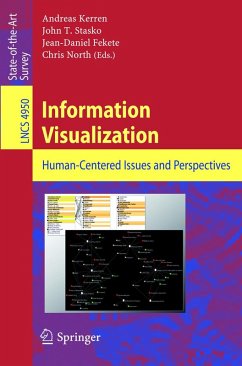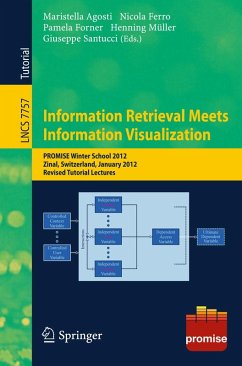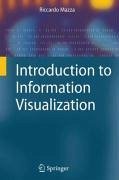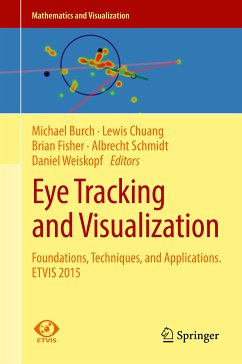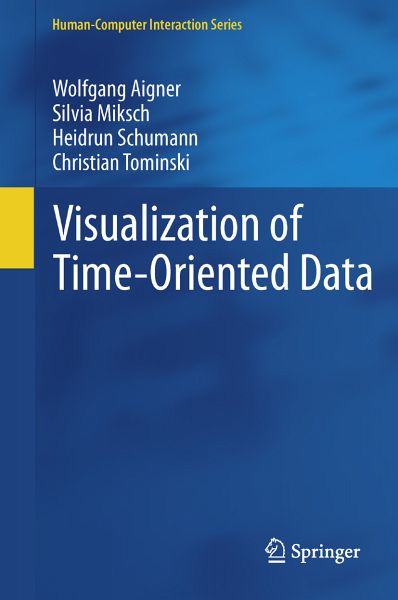
Visualization of Time-Oriented Data (eBook, PDF)
Versandkostenfrei!
Sofort per Download lieferbar
160,95 €
inkl. MwSt.
Weitere Ausgaben:

PAYBACK Punkte
80 °P sammeln!
Time is an exceptional dimension that is common to many application domains such as medicine, engineering, business, or science. Due to the distinct characteristics of time, appropriate visual and analytical methods are required to explore and analyze them.This book starts with an introduction to visualization and historical examples of visual representations. At its core, the book presents and discusses a systematic view of the visualization of time-oriented data along three key questions: what is being visualized (data), why something is visualized (user tasks), and how it is presented (visu...
Time is an exceptional dimension that is common to many application domains such as medicine, engineering, business, or science. Due to the distinct characteristics of time, appropriate visual and analytical methods are required to explore and analyze them.
This book starts with an introduction to visualization and historical examples of visual representations. At its core, the book presents and discusses a systematic view of the visualization of time-oriented data along three key questions: what is being visualized (data), why something is visualized (user tasks), and how it is presented (visual representation). To support visual exploration, interaction techniques and analytical methods are required that are discussed in separate chapters.
A large part of this book is devoted to a structured survey of 101 different visualization techniques as a reference for scientists conducting related research as well as for practitioners seeking information on how their time-oriented data can best be visualized.
This book starts with an introduction to visualization and historical examples of visual representations. At its core, the book presents and discusses a systematic view of the visualization of time-oriented data along three key questions: what is being visualized (data), why something is visualized (user tasks), and how it is presented (visual representation). To support visual exploration, interaction techniques and analytical methods are required that are discussed in separate chapters.
A large part of this book is devoted to a structured survey of 101 different visualization techniques as a reference for scientists conducting related research as well as for practitioners seeking information on how their time-oriented data can best be visualized.
Dieser Download kann aus rechtlichen Gründen nur mit Rechnungsadresse in A, B, BG, CY, CZ, D, DK, EW, E, FIN, F, GR, HR, H, IRL, I, LT, L, LR, M, NL, PL, P, R, S, SLO, SK ausgeliefert werden.







